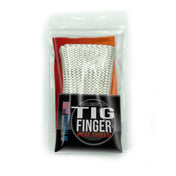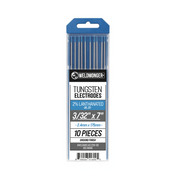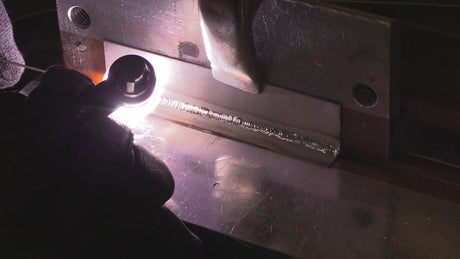What is the difference between high frequency current and high frequency pulse?
Terminology can trip us up sometimes. With some many settings and features on inverter tig welders we need to be very deliberate in our terminology.
The term "High frequency current" is usually used to describe the current that initiates the arc and jumps across the arc gap so that we don't need to touch the tungsten to start the arc.
"High frequency pulse" is different. High frequency pulse is simply using high pulse settings for a stiffer arc.
Older transformer style tig welders were mostly limited to around 15-20 maximum pulses per second.
But newer inverters allow high frequency pulse settings of 250hz and even much higher.
You might be thinking that pulse rates that high are just like welding without pulse.
But in fact, those higher pulse settings can really help when welding on an edge or near an edge.
This video shows tig welding a bead on the edge of 11ga steel and compares that to lower pulse settings used on an outside corner joint.
Lower pulse settings like .7-2pps can help reduce heat input but higher pulse settings focus the arc.







1 comment
Jody, I love your Kong design: Tig welding, all 4 limbs occupied. When you make a hoodlie with that design let us know – I order it immediately – even if I have to go through the importing hassle – Thanks